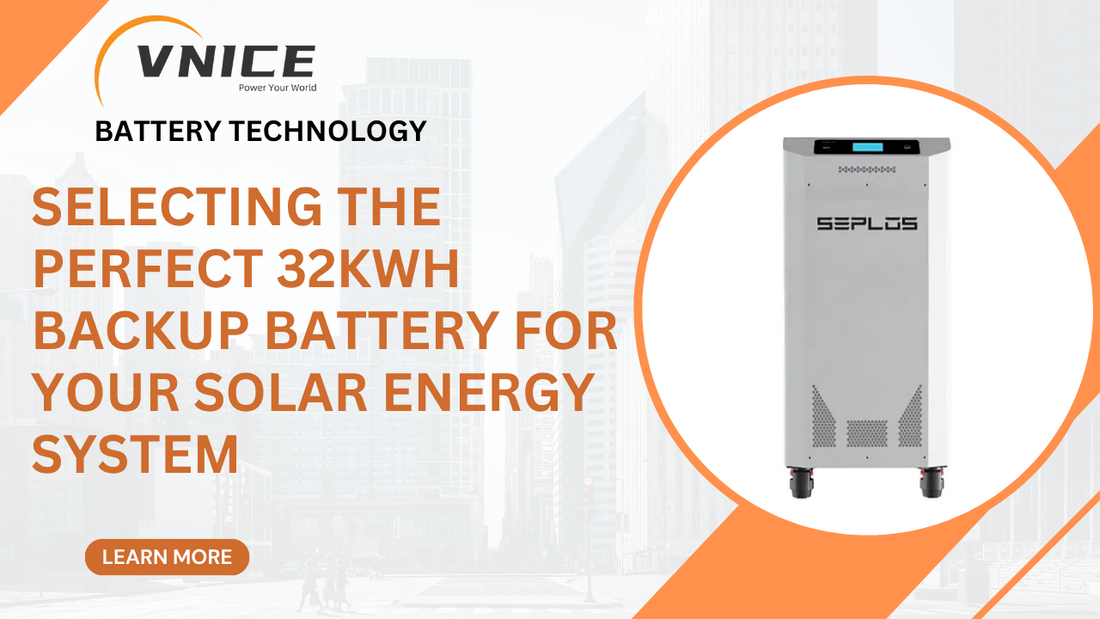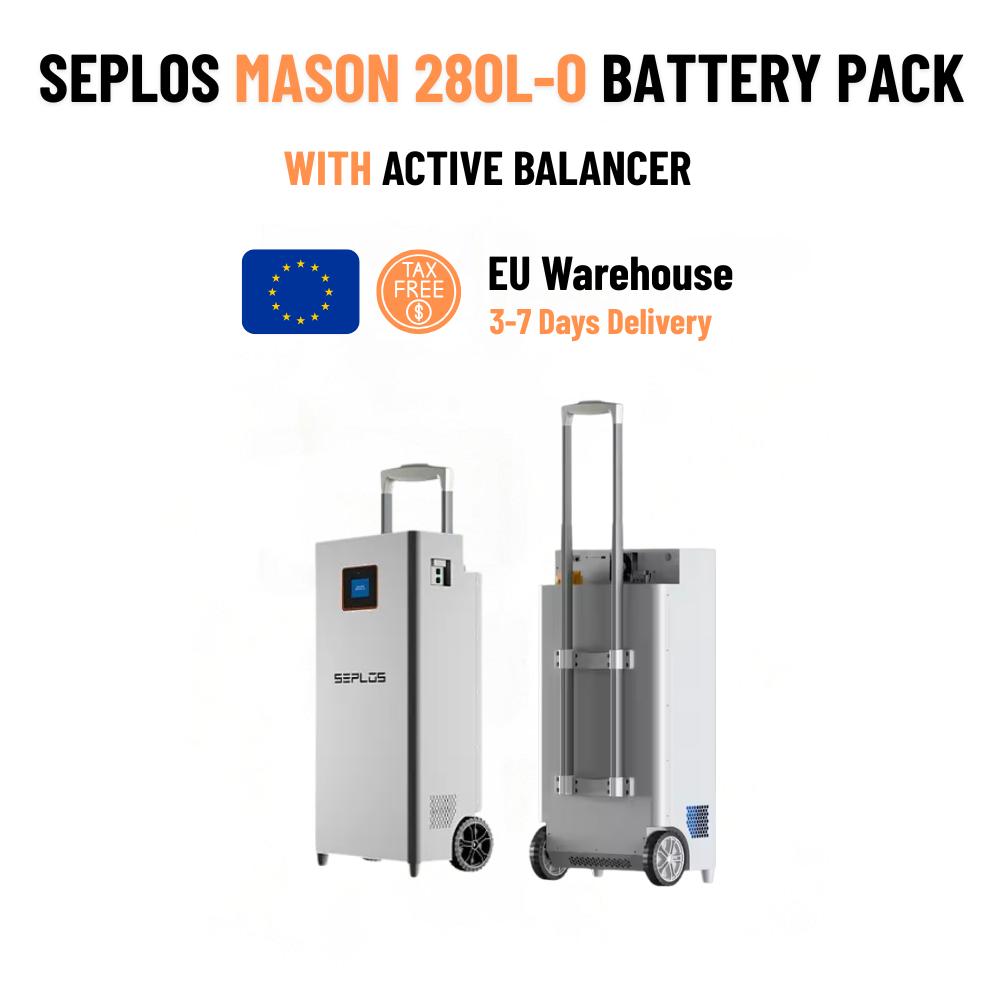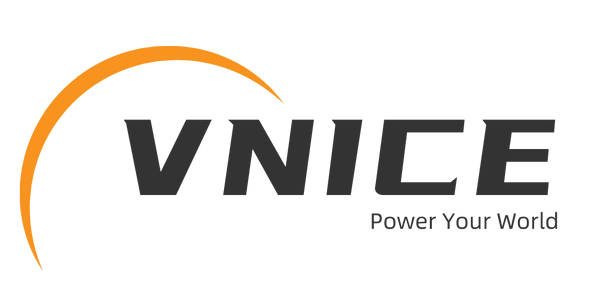
Selecting the Perfect 32kWh Backup Battery for Your Solar Energy System
Integrating energy storage with existing solar installations has become a strategic upgrade for homeowners seeking energy independence. The ability to store surplus solar generation for nighttime consumption and provide reliable backup power during grid outages makes battery storage an invaluable addition to any photovoltaic system. With the growing popularity of robust solutions like the 32kWh backup battery, understanding selection criteria becomes essential for optimal performance and return on investment.
Retrofitting Storage to Existing Solar Infrastructure
The feasibility of adding battery storage to operational solar systems is well-established through proven retrofit methodologies. Success hinges on selecting storage solutions that seamlessly integrate with your current configuration, primarily through DC or AC coupling approaches.
Pre-Retrofit Assessment Checklist
-
Inverter Compatibility: Determine whether your system uses string inverters or microinverters, as this significantly influences integration options
-
Backup Requirements: Establish whether you need whole-home backup or critical loads coverage during outages
-
Budget Parameters: Account for technology variations and capacity needs, particularly when considering substantial storage like a 32kWh backup battery
-
Physical Space: Verify adequate installation area for battery modules and associated equipment
AC Coupling: The Optimal Retrofit Solution
AC coupling represents the most adaptable approach for integrating storage with existing solar installations, particularly when considering substantial capacity additions like a 32kWh backup battery system.
Operational Mechanics
Solar arrays channel DC electricity through existing inverters for conversion to AC power, while the battery system interfaces separately with the main electrical panel via a bidirectional inverter. This configuration enables independent operation of solar and storage components.
System Advantages
-
Universal Compatibility: Functions seamlessly with virtually all existing PV systems, including microinverter-based installations
-
Installation Flexibility: Permits strategic placement of battery components without proximity constraints to existing solar equipment
-
Scalable Architecture: Supports straightforward capacity expansion, allowing homeowners to initiate with smaller storage and upgrade to full 32kWh backup battery capacity as needs evolve
Performance Considerations
-
Conversion Losses: Multiple energy conversions between DC and AC result in approximately 5-10% efficiency reduction compared to DC-coupled alternatives
-
Component Costs: Requires additional bidirectional inverter investment, though this often proves more economical than complete system overhaul
DC Coupling: Maximum Efficiency for Comprehensive Upgrades
DC coupling presents an integrated approach where solar generation and battery storage share a common hybrid inverter, making it particularly suitable for new installations or systems requiring inverter replacement.
System Architecture
Photovoltaic arrays deliver DC electricity directly to a hybrid inverter, which intelligently manages energy distribution between immediate consumption, battery storage, and grid export.
Efficiency Advantages
-
Minimized Conversion Losses: Direct DC-to-DC charging eliminates multiple conversion stages, enhancing overall system efficiency
-
Unified Control: Centralized management through a single inverter simplifies monitoring and optimization
Implementation Considerations
-
Retrofit Complexity: Typically necessitates replacement of existing solar inverters, increasing project scope and investment
-
Compatibility Limitations: May not integrate efficiently with certain existing system configurations, particularly microinverter installations
Strategic Application Guidelines
-
Existing Systems: AC coupling delivers superior practicality and cost-effectiveness for retrofit scenarios
-
New Installations/Inverter Replacement: DC coupling offers enhanced efficiency and potential cost savings through consolidated components
Optimizing Solar Self-Consumption with 32kWh Backup Battery
Maximizing the value of solar-storage integration requires strategic implementation to enhance self-consumption and reduce grid dependence.
Intelligent Energy Management
-
Smart Charge/Discharge Scheduling: Program systems to store excess solar generation during peak production hours and discharge during high-consumption periods
-
Time-of-Use Optimization: Leverage variable electricity pricing by charging from grid during off-peak rates and discharging during premium rate periods
-
Home Automation Integration: Connect storage systems with smart home controllers to automatically activate high-consumption appliances during solar surplus conditions
Capacity Optimization Strategy
Proper storage sizing balances performance objectives with economic considerations. A 32kWh backup battery typically suits households with substantial energy consumption (20-30kWh daily), providing extended backup duration and maximizing solar utilization. This capacity proves particularly valuable for:
-
Homes with electric vehicle charging requirements
-
Properties experiencing frequent or prolonged grid outages
-
Households with comprehensive electrification including heat pumps and electric water heating
Daily Operation Cycle Analysis
Understanding typical system performance throughout a 24-hour period illustrates storage value proposition:
-
Morning (6-10 AM): Rising solar generation supplies immediate consumption needs with surplus charging the 32kWh backup battery
-
Midday (10 AM-3 PM): Peak production fully charges battery while supplying household demand
-
Evening (3-7 PM): Declining solar availability coincides with increased consumption, triggering battery discharge to offset grid consumption
-
Overnight (7 PM-6 AM): Battery power supplies household needs until reaching predetermined reserve threshold, ensuring backup capacity preservation
This operational pattern demonstrates how properly sized storage transforms solar systems from daytime generators to comprehensive 24-hour power solutions.
Financial Considerations and Investment Analysis
Solar storage retrofit costs vary significantly based on regional factors, technology selection, and installation requirements. Key cost components include:
-
Equipment Investment: Battery modules and power conversion equipment represent primary capital outlay
-
Installation Services: Professional electrical work, system configuration, and commissioning
-
Regulatory Compliance: Permitting, inspection, and interconnection fees
While a 32kWh backup battery system requires substantial initial investment, declining technology costs, rising electricity rates, and available incentives improve financial returns. Systems from quality manufacturers like those available through VnicePower deliver reliable performance and long-term value through robust cycle life and operational efficiency.
Strategic Implementation Recommendations
Selecting optimal solar storage solutions requires balancing technical compatibility, performance objectives, and financial parameters. For most retrofit scenarios, AC-coupled systems provide the most practical integration path, while comprehensive upgrades or new installations benefit from DC-coupled efficiency.
By carefully evaluating energy consumption patterns, backup requirements, and financial considerations, homeowners can confidently transition toward energy independence with systems sized appropriately for their needs—whether starting with modest storage or implementing comprehensive 32kWh backup battery solutions for maximum resilience and self-sufficiency.

